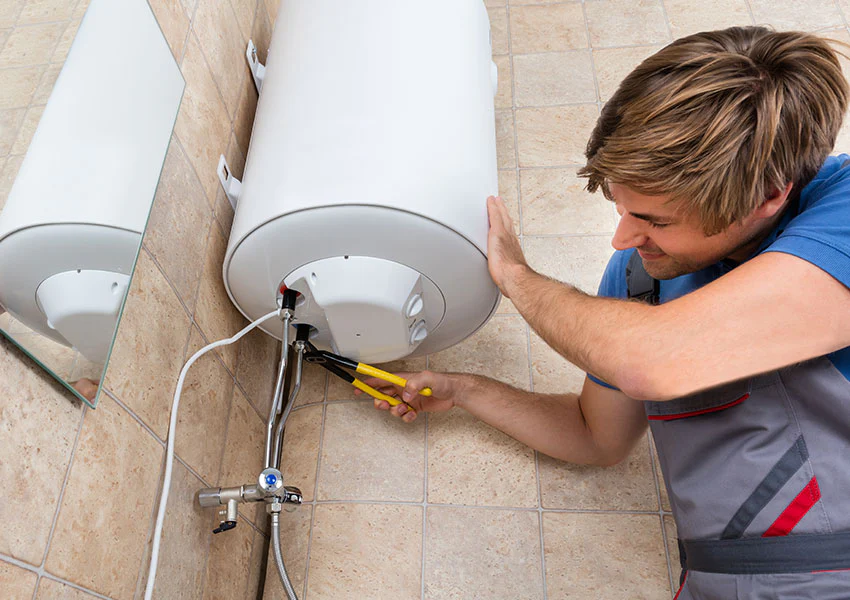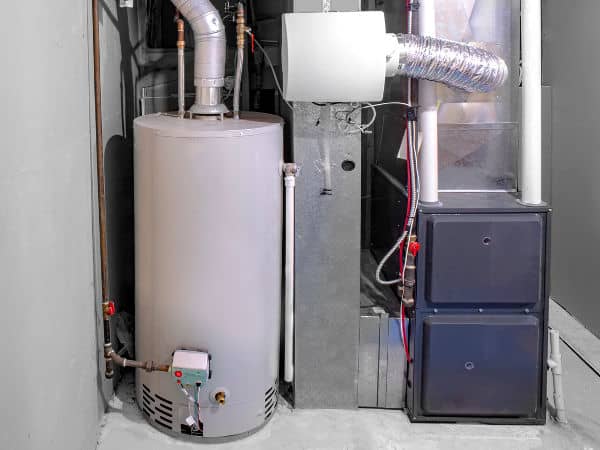Tips on How to Maintain Your Home's Hot Water System Functioning WellSimple Steps to Caring for Your Home's Hot Water System
Tips on How to Maintain Your Home's Hot Water System Functioning WellSimple Steps to Caring for Your Home's Hot Water System
Blog Article
Right here in the next paragraphs you can find a good deal of sensible answers on the subject of How to Maintain a Hot Water Heater in a Few Simple Steps.

Hot water is crucial for everyday convenience, whether it's for a rejuvenating shower or cleaning meals. To guarantee your warm water system runs efficiently and lasts much longer, regular upkeep is key. This short article provides functional tips and understandings on just how to maintain your home's hot water system to stay clear of disruptions and expensive fixings.
Introduction
Keeping your home's hot water system could seem overwhelming, but with a couple of simple actions, you can guarantee it operates efficiently for several years ahead. This overview covers everything from comprehending your warm water system to DIY maintenance pointers and understanding when to call professional aid.
Importance of Preserving Your Warm Water System
Regular upkeep not just prolongs the life-span of your hot water system however likewise ensures it operates effectively. Ignoring upkeep can lead to decreased efficiency, higher energy expenses, and also early failing of the system.
Indicators Your Warm Water System Demands Upkeep
Understanding when your warm water system requires attention can prevent major problems. Watch out for indications such as inconsistent water temperature level, strange sounds from the heating system, or rusty water.
Recognizing Your Warm Water System
Prior to diving right into upkeep jobs, it's handy to recognize the fundamental parts of your warm water system. Typically, this consists of the hot water heater itself, pipelines, anode poles, and temperature controls.
Monthly Upkeep Tasks
Normal month-to-month checks can aid capture minor problems before they escalate.
Flushing the Water Heater
Purging your hot water heater gets rid of debris accumulation, improving performance and extending its life.
Checking and Replacing Anode Rods
Anode rods stop rust inside the tank. Inspecting and changing them when broken is vital.
Checking and Changing Temperature Setups
Readjusting the temperature level settings ensures optimal efficiency and security.
DIY Tips for Upkeep
You can do several upkeep tasks yourself to maintain your warm water system in top condition.
Looking for Leaks
Regularly evaluate pipes and connections for leakages, as these can lead to water damages and higher bills.
Examining Pressure Alleviation Valves
Evaluating the stress relief valve guarantees it works correctly and protects against extreme pressure build-up.
Insulating Pipelines
Protecting warm water pipelines minimizes heat loss and can conserve energy.
When to Call a Specialist
While DIY upkeep is advantageous, some concerns need professional experience.
Complicated Issues Needing Professional Aid
Examples consist of significant leakages, electrical troubles, or if your water heater is consistently underperforming.
Routine Expert Maintenance Perks
Professional maintenance can consist of extensive inspections, tune-ups, and making sure conformity with safety requirements.
Verdict
Routine upkeep of your home's warm water system is crucial for efficiency, durability, and price savings. By adhering to these tips and understanding when to look for professional assistance, you can ensure a reputable supply of warm water without unanticipated disruptions.
Water Heater Maintenance: The Basics
Maintaining your water heater will ensure it operates efficiently and has a longer lifespan. Neglecting regular maintenance can lead to costly repairs and an even bigger chunk of your savings if you have to replace it sooner than necessary. But there’s good news: Most water heater maintenance tasks are relatively simple and easy for homeowners with basic DIY skills.
Flush the Water Heater
Over time, sediment and minerals can build up in the tank, reducing its efficiency and potentially causing damage. To flush the tank, turn off the power or gas supply, attach a hose to the drain valve near the bottom and open the valve to drain the water until it runs clear. Ideally, flush the tank annually.
Replace the Anode Rod
The anode rod is a sacrificial metal rod that helps prevent corrosion inside the tank. Inspect and replace it every three to five years or per the manufacturer's recommendation. To replace the anode rod, turn off the power or gas supply, drain a few gallons of water from the tank, unscrew the old rod and replace it with a new one. If the anode rod is significantly corroded or covered in calcium buildup, it's a sign the water heater may need to be replaced soon.
Tune-Up
A yearly tune-up can help identify potential issues and ensure your water heater operates at peak efficiency. This typically involves checking the thermostat, burner assembly (for gas heaters) and any other components specified by the manufacturer. During a tune-up, the technician may also clean the burner and adjust the pilot light (for gas heaters) or examine the heating elements (for electric heaters).
How to Maintain Your Water Heater
Insulate the tank. Insulating the tank can improve energy efficiency and reduce heat loss, saving you money on energy bills. You can purchase precut insulation blankets designed specifically for water heaters or use standard fiberglass insulation wrapped securely around the tank. Check the temperature. The recommended water temperature for most households is around 120 degrees Fahrenheit (49 degrees Celsius). Higher temperatures can increase energy costs and potentially cause scalding. Use a kitchen thermometer to check the temperature at the faucet nearest the water heater. Monitor water pressure. Excessive water pressure can strain the water heater and cause leaks or even tank failure. Install a pressure-reducing valve if necessary. The ideal water pressure range is between 60 and 70 PSI (pounds per square inch). Test the temperature and pressure (T&P) relief valve. The T&P relief valve is a safety feature that releases pressure if the tank gets too hot or the pressure builds up too high. Test it annually by lifting the lever and allowing a small amount of water to release. Replace the valve if it doesn't release water or reseal properly. Check for leaks. Regularly inspect the tank, pipes and fittings for leaks or corrosion. Deal with issues promptly to prevent further damage. Even a small leak can lead to significant water damage over time. Consider a tankless water heater. If your traditional tank-style water heater is nearing the end of its lifespan ( typically 10 years), consider replacing it with a tankless water heater. These units heat water on demand, reducing standby energy losses and potentially saving you money on your energy bills. Schedule professional maintenance. While homeowners can perform many water heater maintenance tasks, it's still a good idea to schedule professional maintenance every few years. A plumber or HVAC technician can thoroughly inspect the unit, identify potential issues and ensure it operates safely and efficiently. https://www.homeserve.com/en-us/blog/home-improvement/hot-water-heater-maintanence/

I found that article about How to Maintain a Hot Water Heater in a Few Simple Steps when doing a lookup on the internet. Sharing is nice. One never knows, you could be helping someone out. Kudos for your time. Please stop by our site back soon.
Click Here Report this page